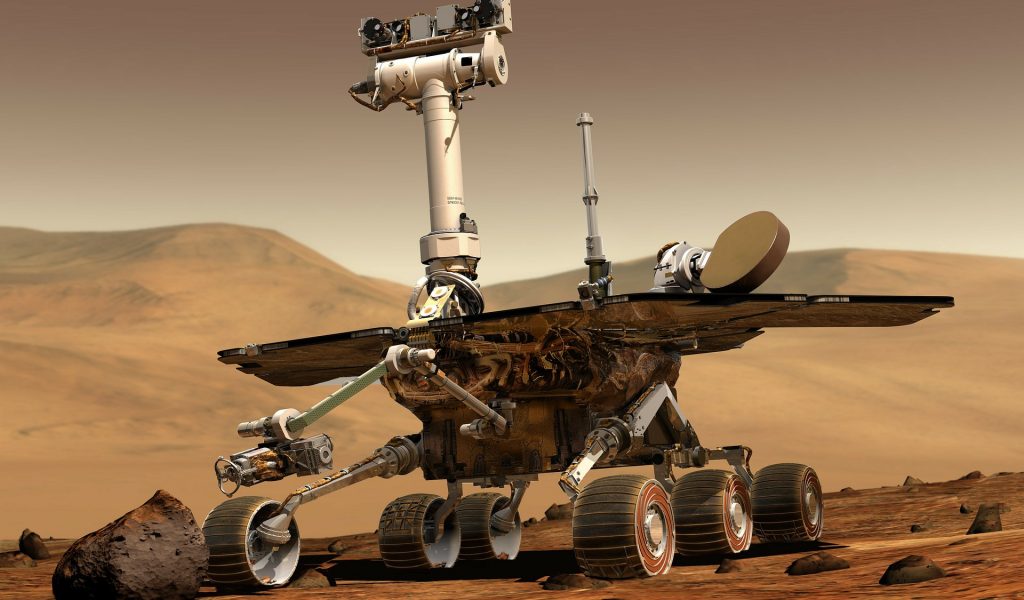What we have learned from Perseverance Rover’s first year on Mars

Laura Burn discusses Perseverance Rover and the key findings from its first year spent on Mars .
It has now been over a year since NASA’s rover, Perseverance, landed safely on the Martian surface. On 18 February 2021 the rover touched down in the Jezero crater, a 45-kilometer gouge, with the main goal of seeking evidence of previous microbial life and collecting rock and soil samples to store on Mars for future analysis.
On 18 February 2021, the rover touched down in the Jezero crater, a 45-kilometer gouge
Perseverance is the successor to NASA’s previous Mars rover, Curiosity, with an improved design. It’s tasked to explore near the western edge of Jezero which scientists believe once hosted an extensive, long-lived lake, which is the exact type of environment that may have preserved signs of ancient Martian life.
Despite having only been on the surface of Mars for one year, Perseverance’s early observations of its surroundings have already revealed a more diverse geological history than scientists first imagined. Nevertheless, the rover hasn’t had an easy first year on the red planet, and scientists have been learning more about how their rovers cope with the Martian environment. Even its landing did not go according to plan, as Perseverance landed 2.5km away in Séítah, which was strewn with sand and rocks, making the journey to its target destination of the river delta at the western edge of Jezero twice as long.
Perseverance has since identified some of the rocks littering Séítah and has confidently identified them as igneous rocks, rocks which have formed from cooling lava. Scientists have determined that these rocks have nothing to do with the lake they were initially looking at, but that they have been altered by water. The rocks have small crevices and tunnels which have been previously eroded by water and are now filled with salty minerals. On Earth, these types of minerals are perfect for harbouring life, and so these rocks are unexpectedly significant finds. They could also be used to measure the strength of Mars’ ancient magnetic field and to identify the age of the crater.
The rover then went on to investigate the crater rim and the wall of the river delta. The patterns on the walls indicate the depth of the delta’s ancient waters. Scientists found that the water depth varied greatly, suggesting that the waters were sometimes serene but also had periods of intense flooding and run-off.
Scientists found that the water depth varied greatly [and] had periods of intense flooding and run-off
Perseverance also has a helicopter companion named Ingenuity which has guided the rover over tricky terrain and has been able to cope with the winds, which were a lot stronger than scientists anticipated.
The rover is currently about to head to its main destination, the delta itself, however it first needs to drop off the samples it has currently collected, including rock cores it collected by drilling into the ground. Perseverance will drop these samples in a secure, safe location for collection from another spacecraft which will return them to Earth. This is to ensure that, if Perseverance unexpectedly dies or loses communication, scientists can still obtain the samples in the future.
Perseverance has had a compelling first year on Mars and more exciting discoveries are expected to come once the rover makes it to the heart of the delta itself.


